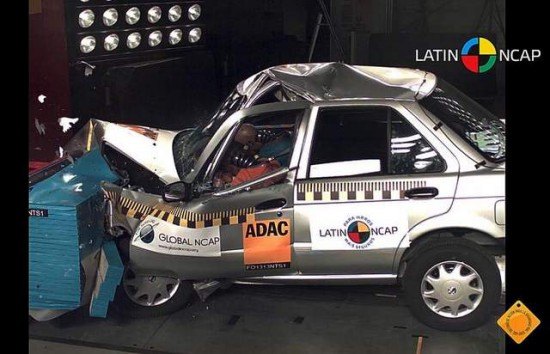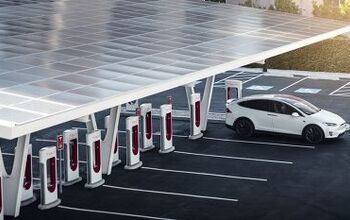Double Safety Standards Abound in Latin America, Global Markets
Should you find yourself renting a Chevrolet Spark in Acapulco in the near future, beware: it won’t have the same safety features — as in none at all — as the Spark exported to your local dealership. In fact, unless a car or truck screwed together in Mexico is bound for the United States or Europe, only the bare minimum, if any, in safety features will be available to customers in Latin America shopping for base models.
The results? Cars whose sticker prices in Mexico are higher than in the United States in spite of having less safety features than those shipped abroad, for one. For another, higher road fatalities south of the border; over 5,000 drivers and their passengers lost their lives in 2011, a 58 percent increase since 2001. Alas, the Mexican government’s hands are tied when it comes to drafting, passing and enforcing the sort of laws that would bring an end to this particular double standard.
The reason for is said to be cost savings: Automakers doing business in Mexico go so far as to code their production lines in determining which car goes to export and those that remain in Latin America. For the latter, this means a couple of air bags and a few seat belts, and nothing more. This two-tiered approach holds up the bottom line, one that is beneficial to Mexico’s economy to the tune of $30 billion annually.
More by TTAC Staff


































Comments
Join the conversation
This past summer while diving in Cozumel, Mexico we rented a brand new VW Gol that was Brazilian built. It had no air bags, no ABS, no traction control and it didn't even have a seat belt warning light and buzzer. Yes, things are way different in Latin America, but that's how the manufacturers make cars affordable for their developing middle-class.
How can this surprise anyone...the companies will seek advantage, and in markets where the regulations are lax, there will be a race to the bottom to decontent and make a less expensive product. At the top, Europe, with the US slightly below (different tests but a high overall standard). I drove a Suzuki on an island recently. It has a driver's airbag and seat belts. If I had to wreck at 50 mph, from any angle, I'd rather be in my 3 Series. I once drove a Trabant, a car with only minimal seat belts. I'd rather wreck the 3 or an E class at 65 mph than the Trabbi at 30 mph. I can't get angry at the car makers....there should be worldwide standards, 60 mph is the same everywhere.
"Car guys" go on and on about how great the B11 [1991-94] Sentra was and "Why don't they make cars like them anymore?" Well, look at the pic at the top! "Oh but it's so light and toss-able". Can brag all day how you are a "great driver", but do you want to get hit by a DUI in that outdated car?
Yep, that's a B13 Sentra, which is called the Tsuru in Mexico. As mentioned by someone above, one of the improvements in crash worthiness during the past ten years was addition of beefier cage structures with the use of special high strength steel alloys. So much so, that I believe that fire departments in Colorado participated in special training to deal with Subaru cage structures. Subaru passenger cages now have multi-layered pillars that use thicker gauged steel than a decade ago. In comparison, the small cars from the "light and toss-able days" had much thinner A & B pillars than those sold today.